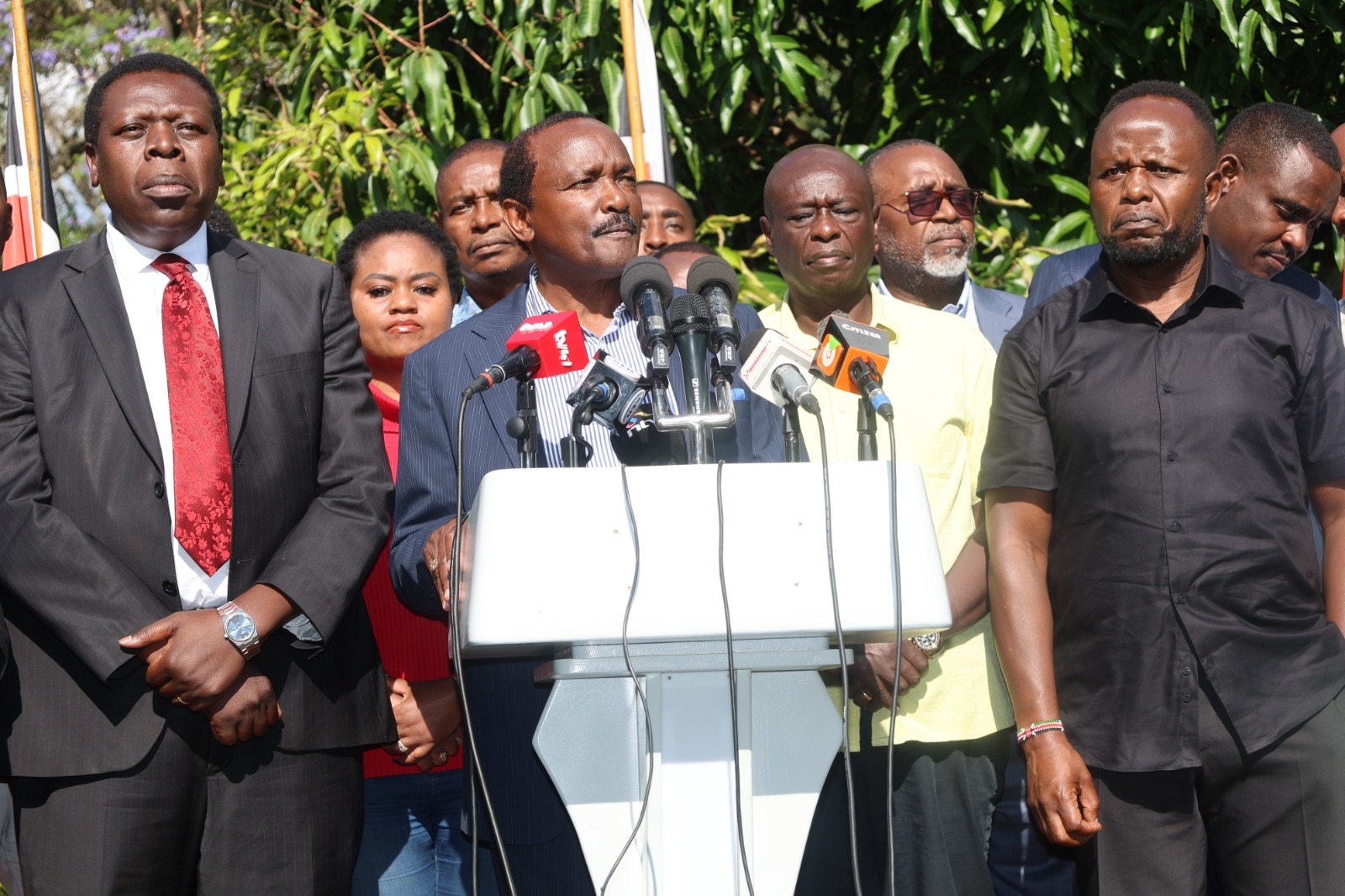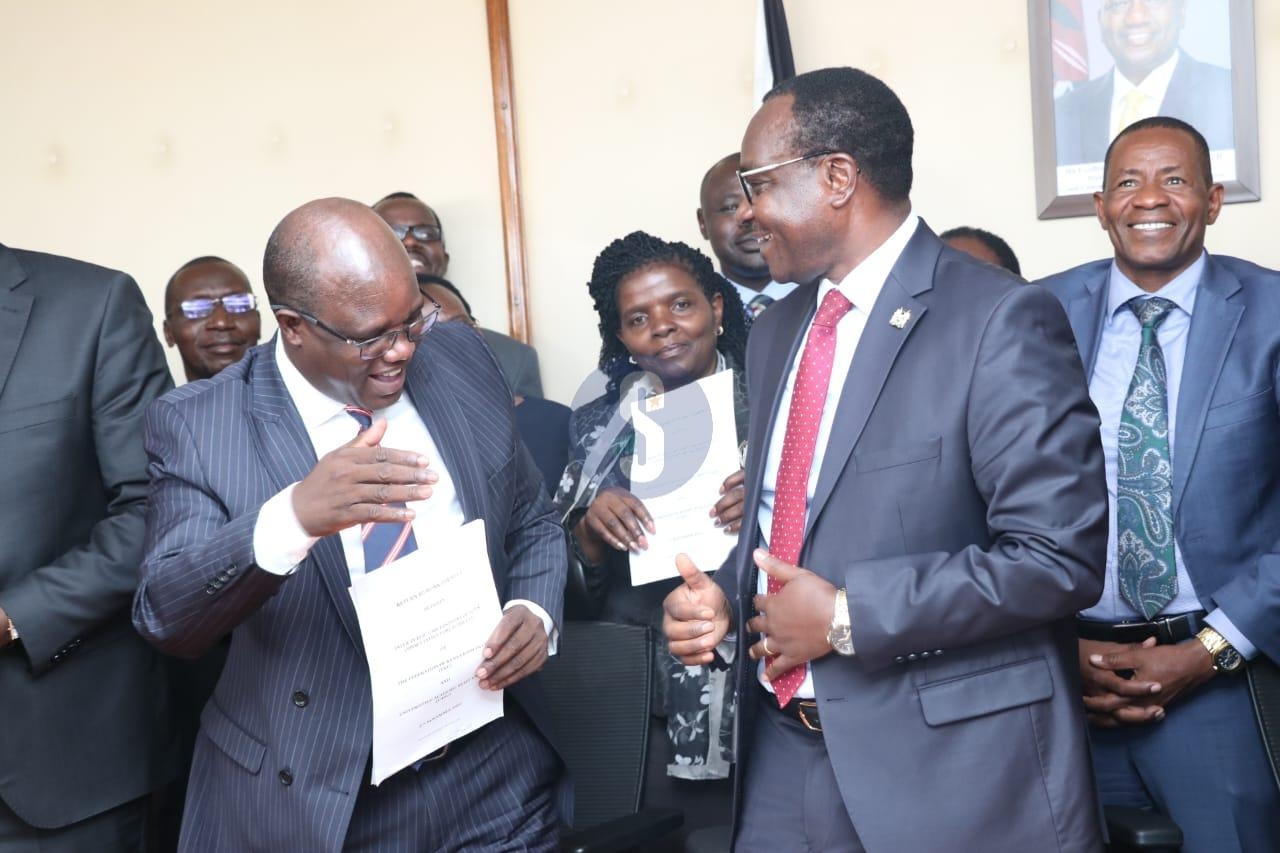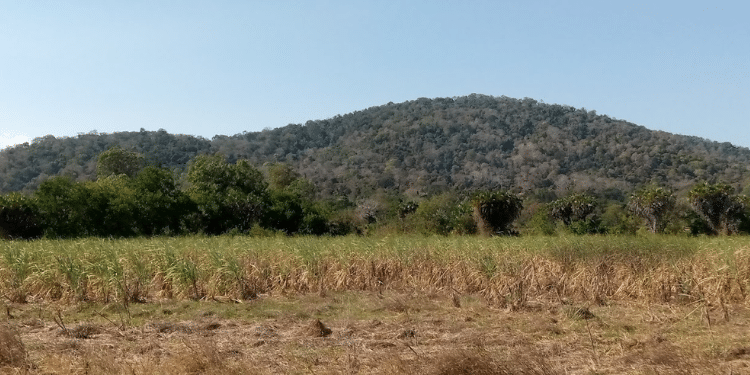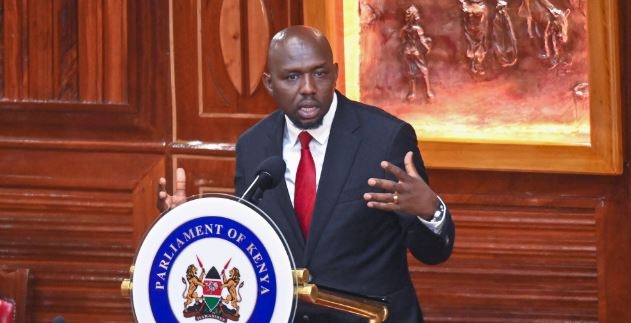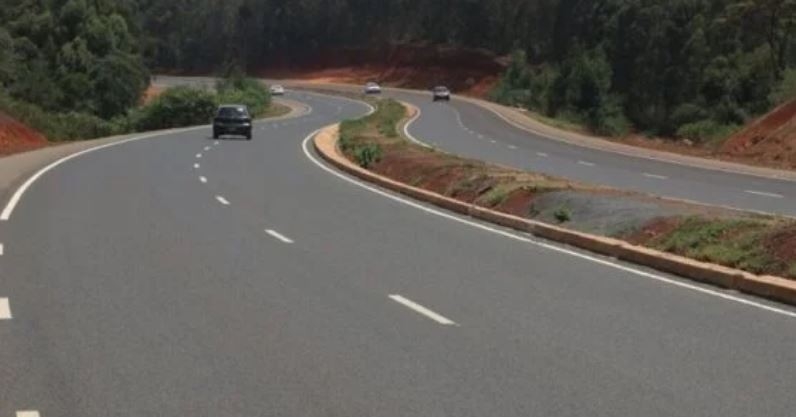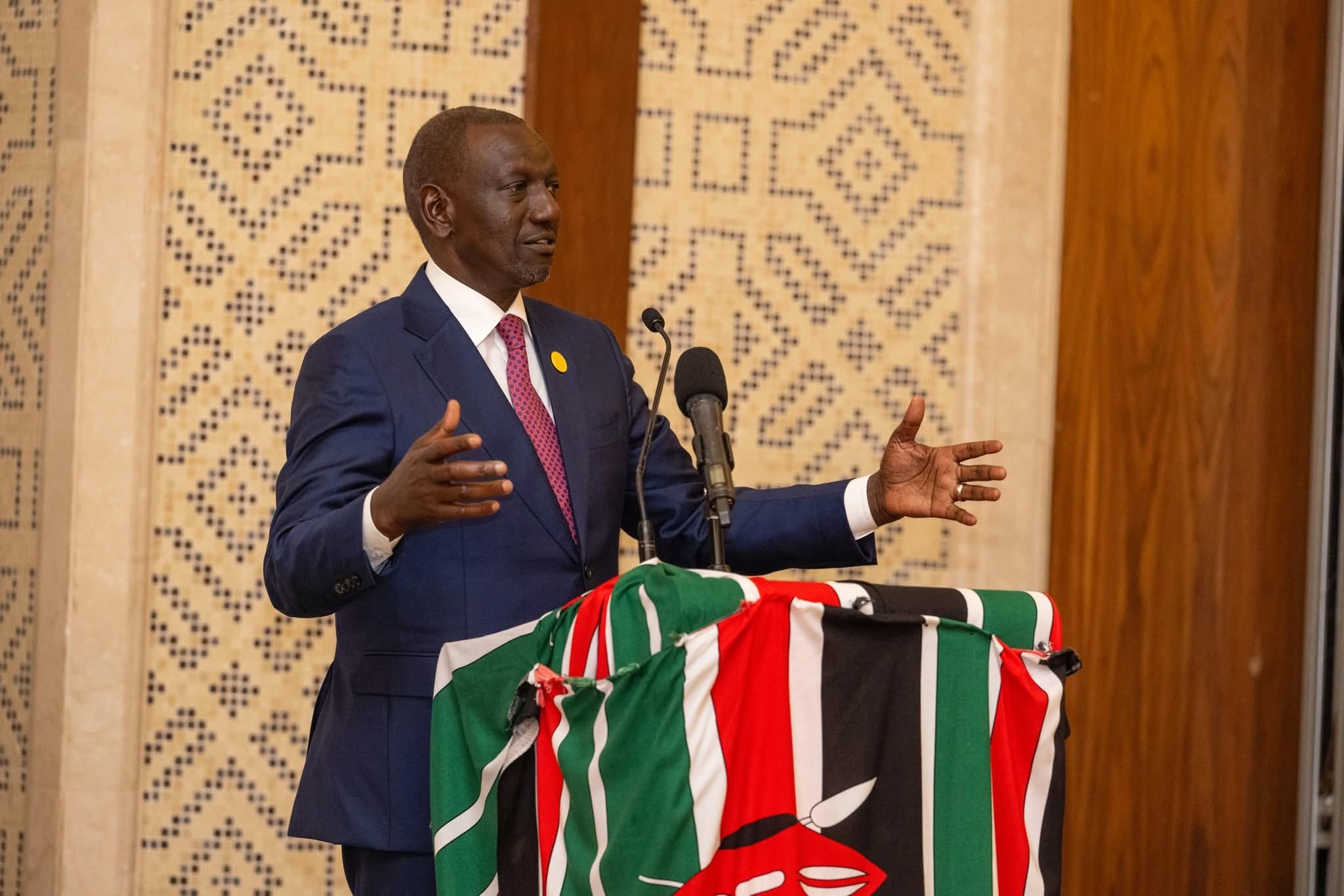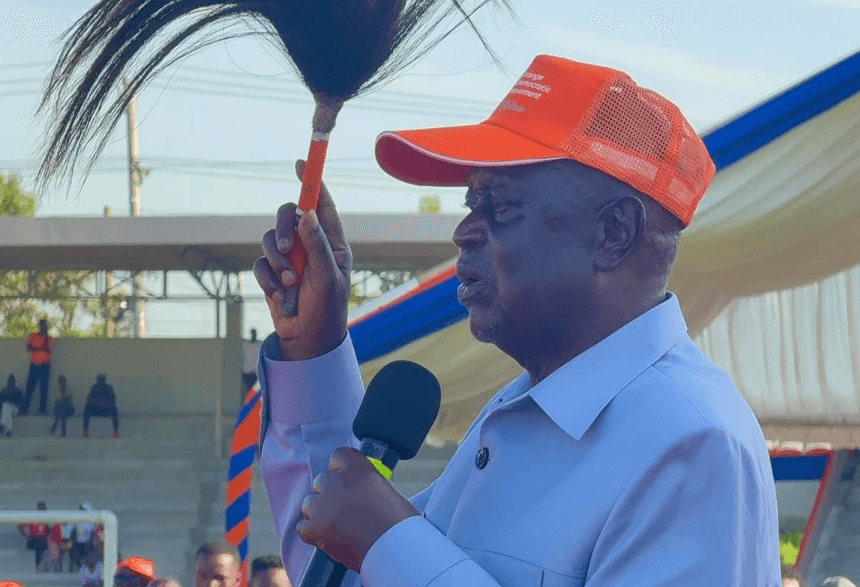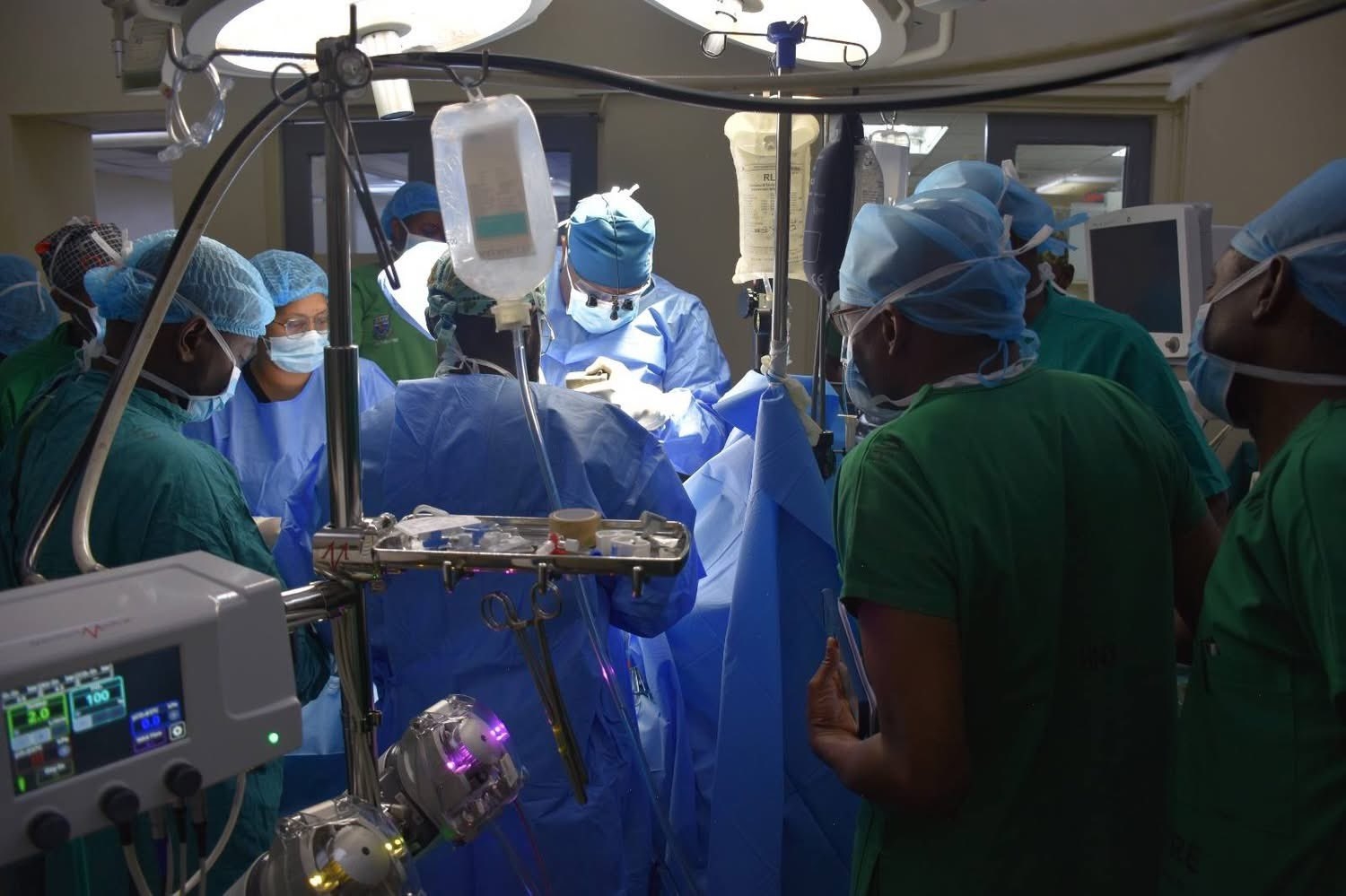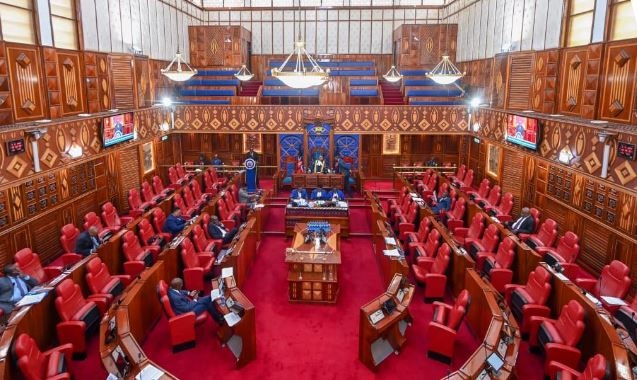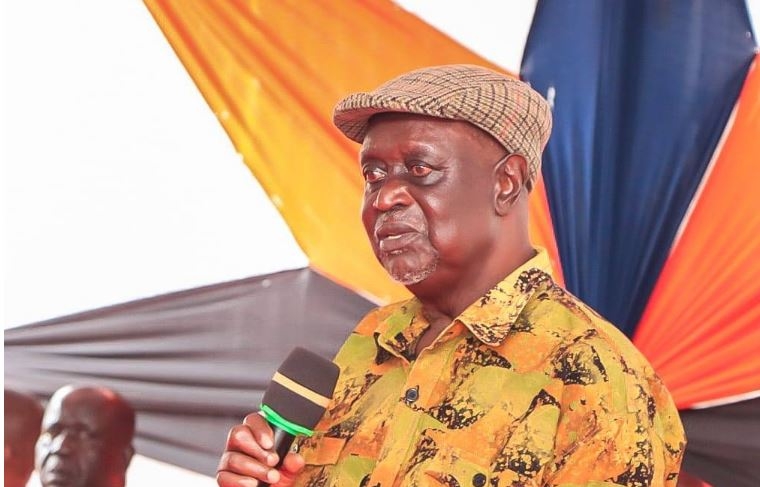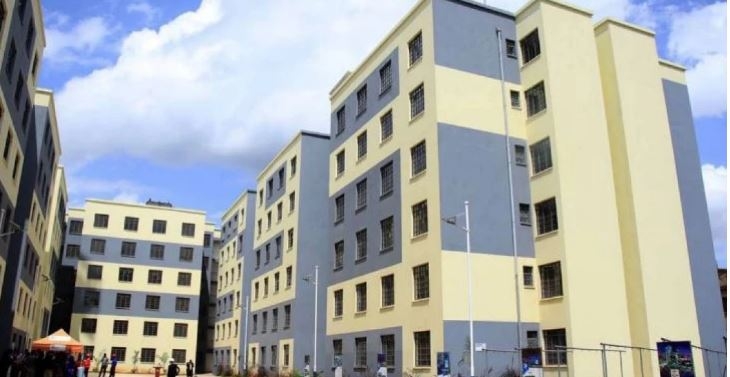It is a new dawn for Siaya rice farmers who for decades have been forced to sell their unprocessed rice to exploitative middlemen- owing to the lack of a milling plant.
Joan Akinyi -69, is among thousands of rice farmers from Siaya county who for several years, had to sell their paddy, through throwaway arrangements to dealers, mainly from Uganda who have milked them dry.
These brokers pick paddy cheaply from harpless farmers like Akinyi and re-sell at a higher price, after processing.
This will now be a thing of the past after Siaya governor James Orengo last week launched the construction of a Sh 60 million rice factory in Alego Usonga.
Beaming with a smile, we caught up with Akinyi who was amongst the several rice farmers who turned up to witness the groundbreaking ceremony of the Siriwo Rice Milling Plant by the governor.
While delivering his address during the ceremony, Orengo said rice farmers, like the other farmers engaged in different crops within the county, face several challenges.
The challenges, according to the governor include flooding, low level of mechanization, both at production and post-harvest activities and lack of access to markets.
"There is also a low level of value addition and the issue of seasonal pests such as quelea birds. Farmers also have to deal with the problems of inaccessible road networks during the rainy season," he said.
However, in a bid to tackle these challenges, Orengo said his administration has prioritized supporting rice farmers in the county through the improvement of infrastructure, provision of inputs, subsidized tractor hire services and value addition.
"Rice production in Siaya County is carried out mainly under irrigation," he said.
The rural county, according to the governor, relies on two schemes, namely Mulwa within Bunyala Irrigation Scheme and Anyiko Ujwanga Kathieno Irrigation Scheme to grow its rice.
Rice farming in Usonga began in the 1980s while the Anyiko Irrigation scheme was established in 1977.
Bunyala Irrigation scheme covers Busia and Siaya counties with a total acreage under production of 3,200 acres.
Of this, 1,200 acres are in Siaya County while 2,000 acres are in Busia.
The potential expansion area within the scheme in Siaya is 800 acres according to the governor.
Anyiko Irrigation scheme currently operates under 142 acres.
However, the scheme is currently under rehabilitation with the support of the National Government and is expected to expand to 1,600 acres.
Governor Orengo noted that the current rice production in Siaya County stands at 3,292 metric tons with the average production per acre being 30 bags of 80 kgs of paddy rice.
"It is unfortunate that the rice we produce is sold before milling as paddy to the buyers who buy at Sh 55 per kg of paddy rice. Most of these buyers are from Uganda," he said.
Governor Orengo said so far, his government has supported Mulwa and Anyiko rice farmers by providing them with subsidised fertiliser and certified seeds.
"We are also supporting payment for water services to National Irrigation Authority (N.I.A). We are further constructing a rice store in Buhowa and a rice drying floor in Usonga," he said.
"Siaya county government just completed the construction of a Sh 19 million rice drying floor at Mulwa," he said.
The drying floor, according to Orengo has greatly contributed to reducing the post-harvest losses previously incurred by farmers when drying the paddy during the wet season.
Orengo said the county government is keen to continue exploring new partnerships with other key players in the rice value chain to support farmers in production and marketing.
He said currently, the national Government, through funding from World Bank is undertaking the construction of the lower River Nzoia Irrigation scheme.
"The scheme is 80% complete and when completed it will increase the land under irrigation by 4,000 hectares," he said.
Among the key value chains under the project is rice and therefore it is expected that rice will remain the key value chain under the scheme.
He noted that the completion of the scheme will also enable rice production in Siaya to be carried out in two seasons and also incorporate high-value crops such as horticulture crops -tomatoes, kales and other crops like cowpeas, soya beans, and common beans.
Governor Orengo said that Siaya County Government is also partnering with the national Government to rehabilitate the Anyiko Ujwanga Kathieno Irrigation scheme at a cost of Sh.478 million.
This, according to Orengo, will increase the irrigation area under the scheme from the current less than 200 acres to 1,600 acres.
"The county government has availed funds to support farmers in Usonga to procure fertilizer at a cost of Sh 600,000," he said.
As part of the rice milling facility, the county government is also carrying out fencing works at Mulwa Rice Drying floor at a cost of Sh 3.4 million.
All these efforts, he noted are meant to boost rice farming in the area.
" The components of the rice milling factory include, the construction of the drying floor at a cost of Sh 3.4 million, the establishment of the rice milling facility itself at a cost of Sh 31 million and construction of the building which will house the rice mill at a cost of Sh 14.75 million," Orengo said.
The governor said the availability of the factory was is a new beginning in making the rice value chain competitive and viable by maximizing returns.
He noted that establishing a sound management structure for the rice mill facility will be instrumental in making it succeed.
"For the mill to be a viable venture, the management should be one that has accountability systems, adequate procedures, business strategy and business model that has a commercial orientation," he said.
He further observed that farmers' participation in the mill's management, as a key stakeholder in rice production, should be central in addition to the revenue sharing criteria which should also be clear.
The Rice Mill, when completed, will be able to produce 2.5 tons of rice per hour which translate to 60 tons per day according to Orengo.
"The Rice Milling Plant will process raw medium/long grain paddy to 42 tons of clean white rice per day," he said.
The main processing machines will include a Pre-cleaner, Destoner, Paddy Husker (Rubber Roll Huller), Paddy Separator, Rice Whitener 1 and Rice Whitener 2.
Others will include Rice Polisher, Rotary Sifter (Grader), Length Grader and Optical Color Sorter.
" It will also have a bulk gagging station, 20-50 Kg Retail Packaging Machine that can package 1,2,5,10 Kgs bags," he said.


